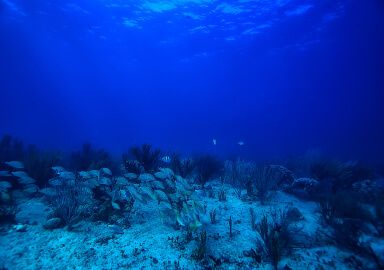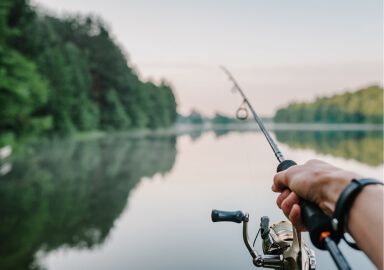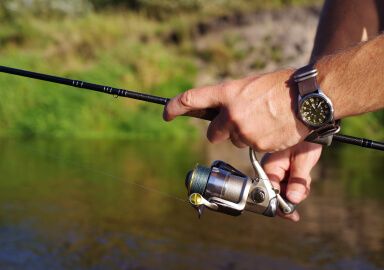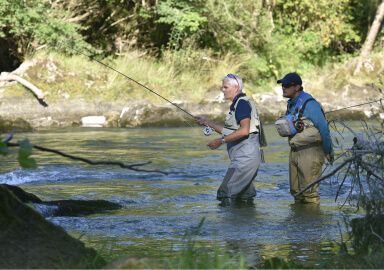Bonnethead Shark
Bonnethead sharks are the smallest kind of hammerhead sharks, which, however, account for over a half of all shark catches in the USA.
View 7 listings
7
listings
–
price starting from
1
countries
–
to the nearest trip
Where and When?
Bonnethead sharks are distributed along the western Atlantic and eastern Pacific seaboards of the Americas in warmer water areas. In the Atlantic Ocean they are found from New England southwards to south Brazil and, in the Pacific, from southern California to Peru. They are an inshore species commonly found in shallow waters but also in estuaries and lagoons. The bonnethead sharks are constantly on the move and nearly always travel in small, medium or large groups. They favour muddy, sandy or weedy sea beds, where they feed at night, mostly on various invertebrates such as crabs, octopi and shrimps and often move into deeper water after sunrise. Bonnethead sharks tend to migrate northwards in the summer and retreat southwards in the winter. Therefore, in the northern areas of USA , bonnethead shark fishing is usually very quiet in winter, while Florida and the Gulf of Mexico are excellent in both warmer and cooler times of the year.
About Bonnethead Shark
The bonnethead shark (Sphyrna tiburo) is a small “hammerhead shark” with the smallest head of the group. Like most hammerheads, they are grey or brown above and much lighter below with the typical shark shape and a rounded, flattish, “bonnethead” in front. This is the only shark to show clear sexual dimorphism of the head in that, while the female bonnethead has a fairly smooth, evenly rounded head, males have a pronounced bulge on the front of the head. The mouth sits in the middle, below the head, and has many shortish but sharp teeth in the front and heavy grinding teeth further back. Bonnethead sharks appear to be omnivorous and over 50 % of the stomach contents may be seagrass or other plant material. Their principal food is various invertebrates that it finds on the bottom of the ocean but it also readily takes small fish. It is not a large shark, attaining a maximum length of about 1.5 meters (5 ft.) and mass of 10.8 kilograms (24 lbs.) at an age of around 12 years. Maturity is reached at between 61 & 81 centimeters (24 & 32 in.) and the bonnethead shark is live bearing, producing 4 to 12 pups at a time.
How to Catch?
Bonnethead sharks are often an excellent species to introduce new anglers to the delights of shark fishing. They may be found close to shore, do not appear to take fright easily and often take bait enthusiastically. They are also a smallish shark and may be caught on fairly light tackle. Being naturally mostly a nocturnal feeder the best fishing is often early morning or late afternoon. While they may be caught from the shore, most are caught from small boats close to the shore, in bays and lagoons. The most popular bait is live bait with shrimps being very popular. Dead baits also work and, where conditions are suitable, more discerning anglers can attempt to attract them to a fly. They almost always move in groups and so, if several rods are set out, multiple strikes are common. Sadly, the species generally is now described as “endangered” due to severe overfishing in some of the more southerly areas of its range. Off the shores of the USA, however, partly due to fishing constraints, it is often still common with a daily bag limit, per person, of one bonnethead, regardless of size.
Listing Types
Similar Species
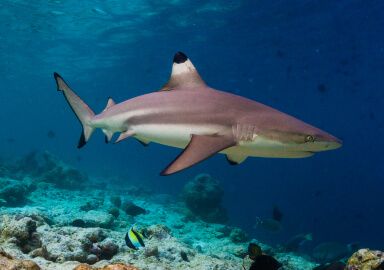 Blacktip Shark
22 offers
Blacktip Shark
22 offers
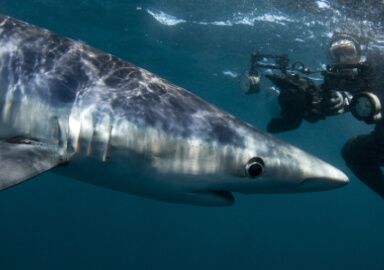 Blue Shark
6 offers
Blue Shark
6 offers
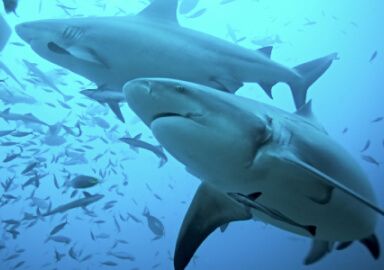 Bull Shark
13 offers
Bull Shark
13 offers
 Great White Shark
1 offer
Great White Shark
1 offer
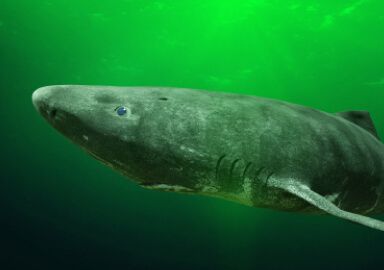 Greenland Shark
1 offer
Greenland Shark
1 offer
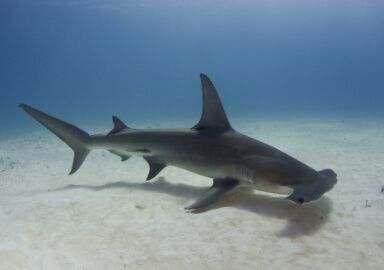 Hammerhead Shark
9 offers
Hammerhead Shark
9 offers
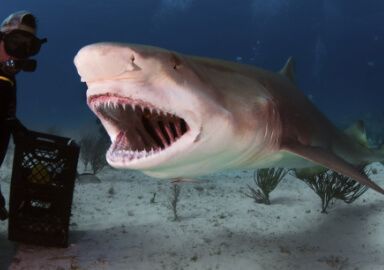 Lemon Shark
4 offers
Lemon Shark
4 offers
 Leopard Shark
1 offer
Leopard Shark
1 offer
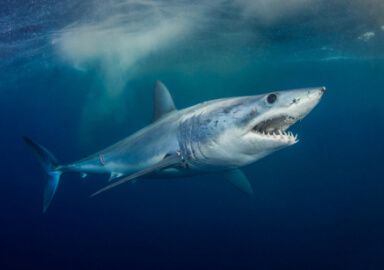 Mako Shark
28 offers
Mako Shark
28 offers
 Porbeagle Shark
3 offers
Porbeagle Shark
3 offers
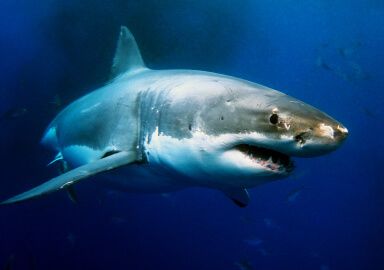 Shark
128 offers
Shark
128 offers
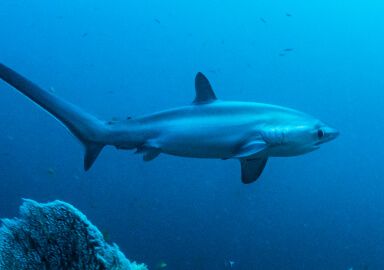 Thresher Shark
4 offers
Thresher Shark
4 offers
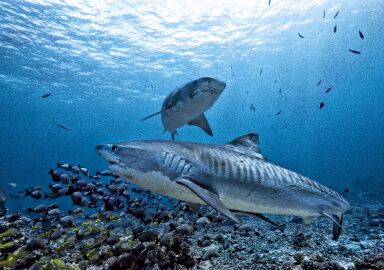 Tiger Shark
11 offers
Tiger Shark
11 offers
 Tope Shark
2 offers
Tope Shark
2 offers


